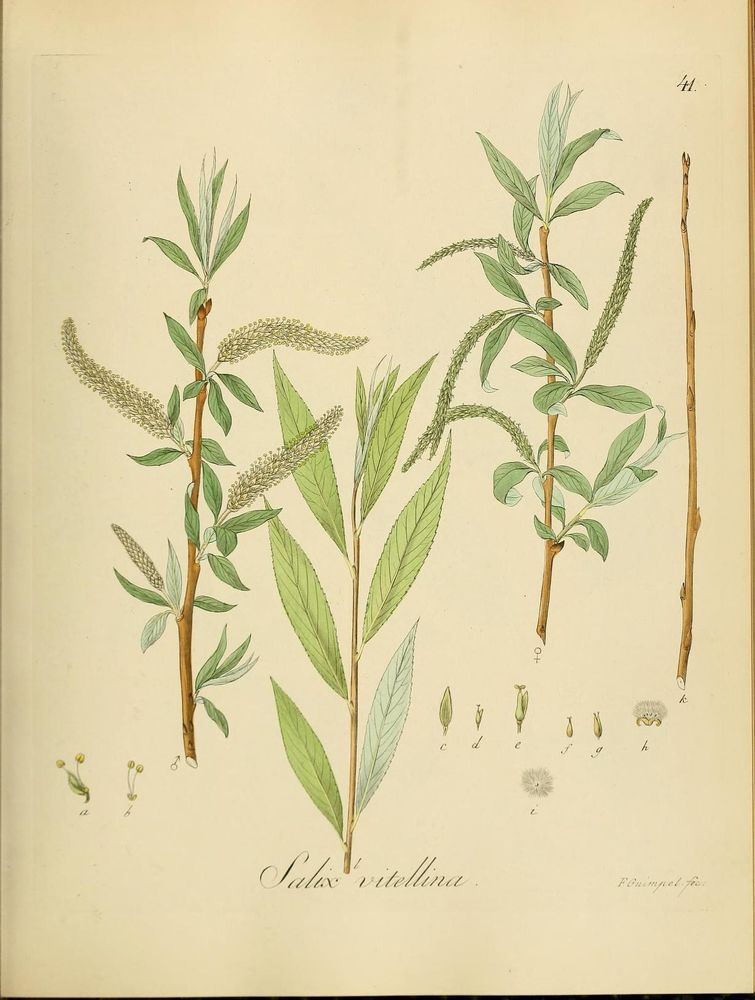Biodiversity Pics
@biodiversitypix.bsky.social
4.9K followers
0 following
670 posts
The Biodiversity Heritage Library contains thousands of historical illustrations of flora and fauna. This unaffiliated bot shares random images from the collection.
Posts
Media
Videos
Starter Packs
























